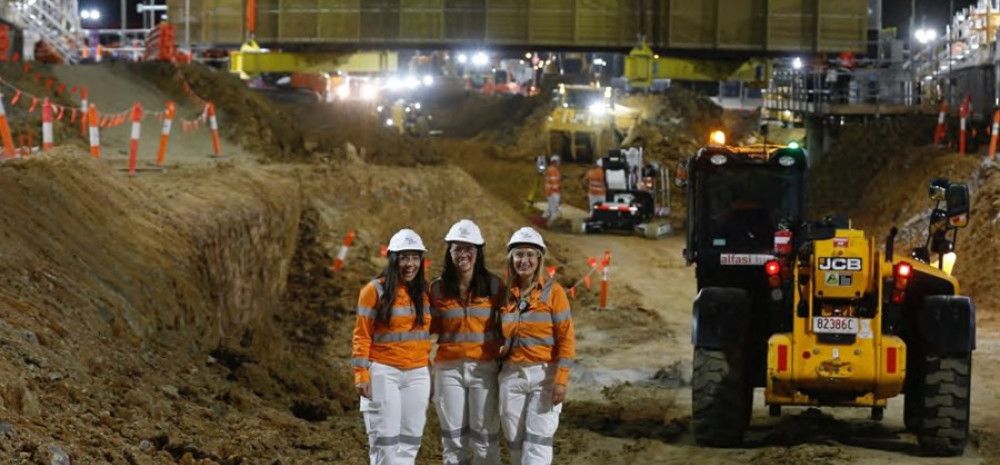
Fulton Hogan leads the way with culture and flexibility, and they ‘do’ social and cultural inclusion so well.
Walk into their Richmond office and you’ll find a world map on the wall with all the staff members’ faces showcasing their diverse backgrounds and ethnicities.
There’s a multi-faith prayer room. A gender-neutral toilet. A breastfeeding room for mums returning to work.
“We’re pretty passionate about this space,” says People, Capability and Inclusion Manager Matthew Inkster.
“We’re trying to really push this inclusive workforce and this inclusive culture as much as we can.”
Like many others in the construction industry, Fulton Hogan has struggled with skills and labour shortages in recent years.
The civil construction company employs about 10,000 people across Australia, New Zealand and the Pacific Islands.
Matthew says the biggest challenge in terms of HR has been retaining staff and keeping turnover rates at a reasonable level.
“There’s always more money on offer if people want to pick up the phone or answer the phone from recruiters,” he says.
“Anything that we can put in place to attract and retain staff is really critical to the success of our business.”
For the past four years, Matthew has worked with the Metropolitan Roads Program Alliance (MRPA) – which has been tasked with removing dangerous level crossings throughout Victoria. There are about 430 employees currently working across the alliance.
Nowadays, everyone from the alliance team has some form of flexibility in terms of hybrid working. Engineers and site office staff can have a day working from home to do their paperwork and generally, the working arrangements are a lot more flexible than in the past, says Matthew.
“Everyone is held accountable to the outcomes of their job as opposed to the time spent at your desk,” he says.
Even on sites, a more flexible model is evolving. Previously, all employees would have to arrive for a pre-start meeting in the morning. Now there is more flexibility to allow for staggered start times.
“That’s been really effective,” says Matthew. “That’s also a lot more conducive for school drop-offs and pick-ups.”
Fulton Hogan are also working with the Construction Industry Culture Taskforce (CICT) to trial a five-day work week (compared to the industry standard six-day work week). As part of the pilot, construction workers are doing a maximum of 55 working hours across several projects to see how it unfolds.
“It seems to be working really well,” says Matthew.
